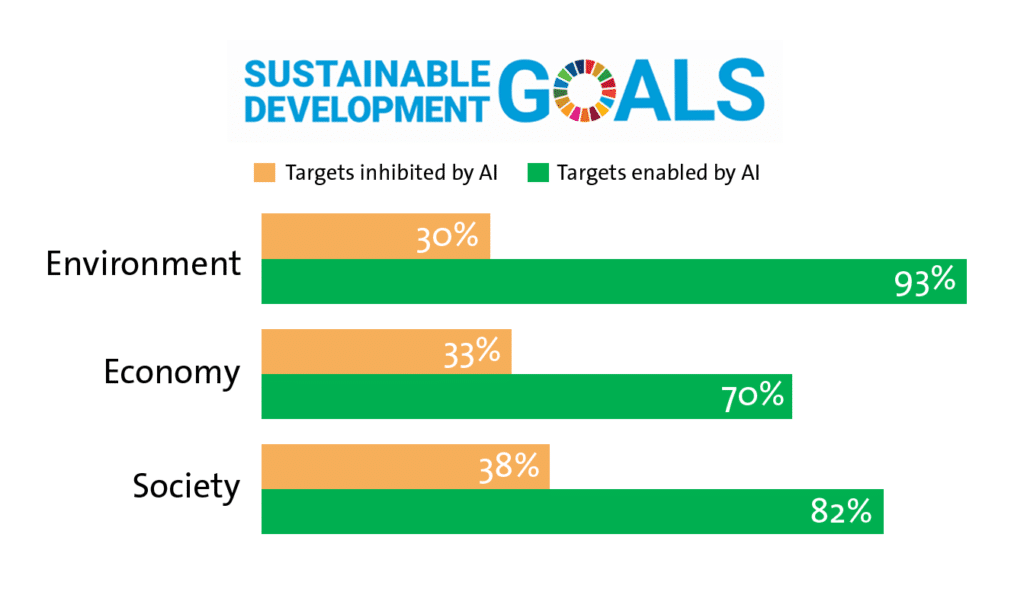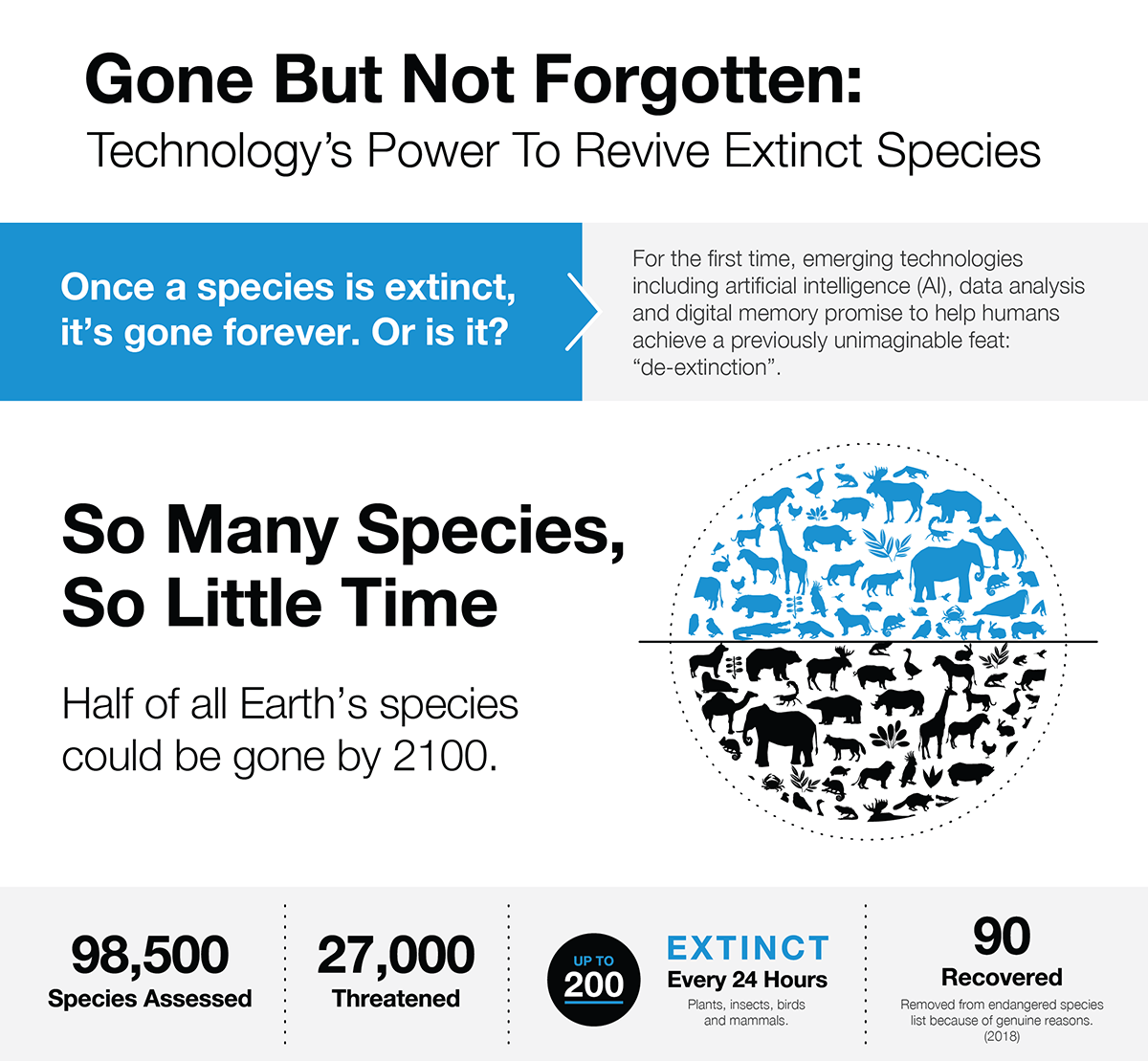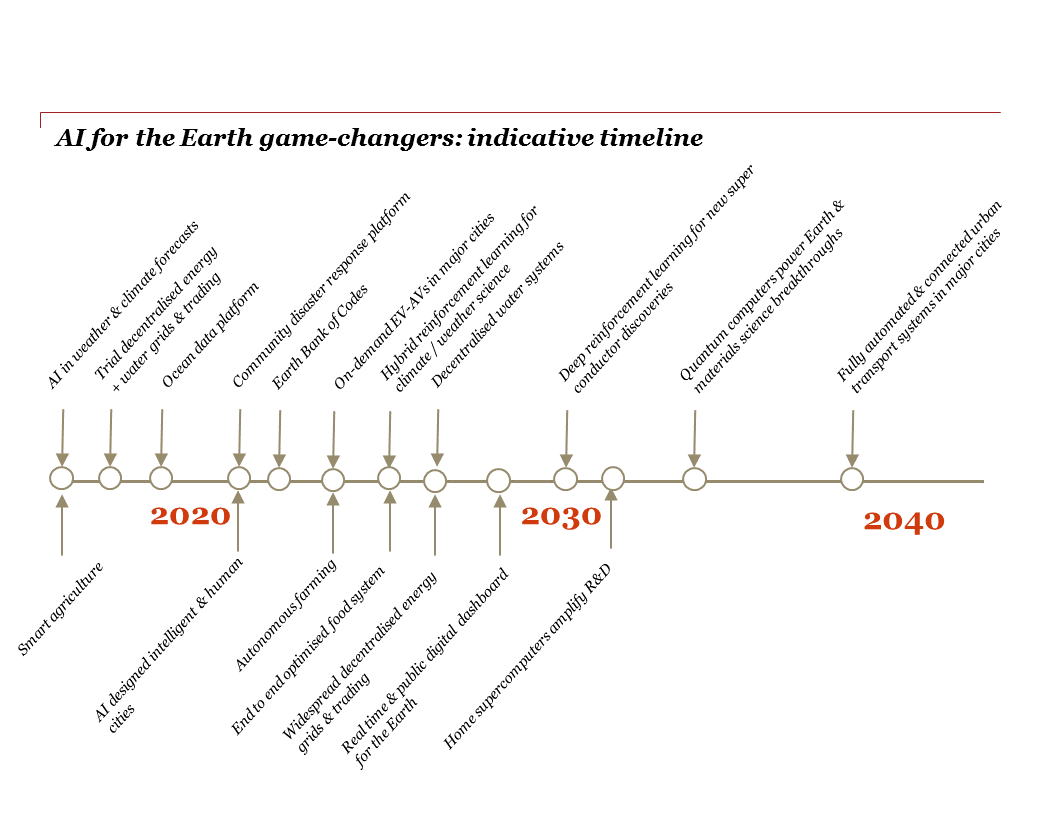Nick Bostrom rightly said: “Machine learning is the last invention that humanity will ever need to make”. Probably everything can be aided to achieve its goal if Artificial Intelligence is mixed to it in right proportion.
Time has been right for AI to help the Environment withstand the pains inflicted on it by Humans as well as lessen or cure the tribulations on humans.
For instance, 134 targets across all the Sustainable Development Goals can be fairly accomplished using AI.
And therefore, AI is expected to change the world in every sphere, enhancing the global productivity, pouring in equality and inclusion, accelerating the environmental outcomes etc.
In environmental sector alone, AI has a greater scope in helping to restore the lost balance of life including natural resource conservation, wildlife conservation, energy regulation and deploying clean energy, waste management, pollution control and sustainable food systems.
But more the awareness and measures to help Nature, more the environmental stress gets build-up and we encounter new series of problems needing to be addressed like coral bleaching, vast ocean plastics and disturbed circulations etc.
Here AI can help achieve the most difficult tasks. How?
Artificial Intelligence has proven to process a huge volume of data effectively and quickly so as to draw conclusions which may have not been possible by humans in that time frame.
The data comes out without any bias or a concerning inclination that may reduce the impact of such findings.
With the fast pace of climate changes occurring across the planet, it has even gone beyond the hands of Human intelligence to reach every nook and corner to investigate in favor of environment. Here AI helps his fellow creator.
However, there are certain areas where AI has profound presence and importance, even when we fail to notice:
Controlling emissions, reducing warming and inhibiting climate change
Any help in regulating the energy sector management and distribution is welcome.
AI can help forecast the supply and demand of power in the grid so that only required resources be soaked in to produce the intended power, especially when it takes significant time to limit the production like in coal-based power plant.
Improve the scheduling of renewables along with fossil fuel emissions be controlled through predictive maintenance can be done easily. Also, emissions from spoilt food and mixing of pollutants can be traced.
AI can help perform the precision agriculture with no excess use of fertilizers, water waste and crop yields can be monitored.
Most emissions limited through traffic predictions, freight transportation, better modelling of demand and advancement of shared mobility option in big cities.
Through an army of sensors and satellites across the planet, huge data can be collected to predict the climate change impacts and proactively steward these ecosystems against challenges.
Biodiversity preservation challenges:
Wildlife movement and trafficking has significantly increased in post-Covid era, that needs an omnipresent tool. AI-based technology system employs a camera that detects poachers before they make a deadly move and informs the forest guards in real-time.
Even it can help save animals getting extinct, if the tech is engineered for particularly threatened species.
AI can help assess the right amounts of nutrients and even oxygen needed against its availability and prevent plants-animals from losing their dear habitats.
AI-based networking platform is being actively engaged to discover new species of plants worldwide.
Measuring abrupt weather and Climate patterns:
New and better data can be collected via deep space satellites, weather balloons and radar systems, environmental analytics and IoT based sensors, operating through AI.
For instance, Google’s AI forecast tool based on the neural network allows predicting rainfall six hours ahead of when the actual precipitation occurs.
These machine learning algorithms are able to process more complex data in a brief period of time, just enough to make predictions with improved accuracy than can consequently save lives and livelihoods.
One of the most important and fragile area that needs extensive research and grave help is the vast ocean. Why?
It helps prosper varied ecosystems on Earth and is the largest carbon sink of the world. Yet there is so less amount of research done on it, to address and work on its problems in complete depth. But AI has recently changed the disheartening scenario.
Using two algorithms, Latent Variable Gaussian Process (LVGP) model and Probabilistic Principal Component Analysis (PPCA), changes were observed with sonar echoes at different depths, salinity, and temperature in deep waters.
The algorithms could successfully classify the underwater environments based on simulated sonar measurements with an average accuracy of more than 90%.
Oceanographers can scroll this data to understand this resource and restrict its possible exploitation for human use to only places those can sustain an intervention like in deep-sea mining.
Precautionary measures needed for judicious use of this data:
This fast-paced development of AI needs to be supported by the much-needed regulatory awareness and oversight for AI-based technologies to enable sustainable development.
Failure in obtaining such a necessity can result in compromises in transparency, safety, and ethics.
There is pertinent need of funds to be diverted for more research conducted in the area of restraint of AI where it can be neglected, not to forget the proper standardizations for producing and applying them.
When this technology is ultimately trickling down in almost all things in our daily life, why not simply use it for bigger troubles of human race?





